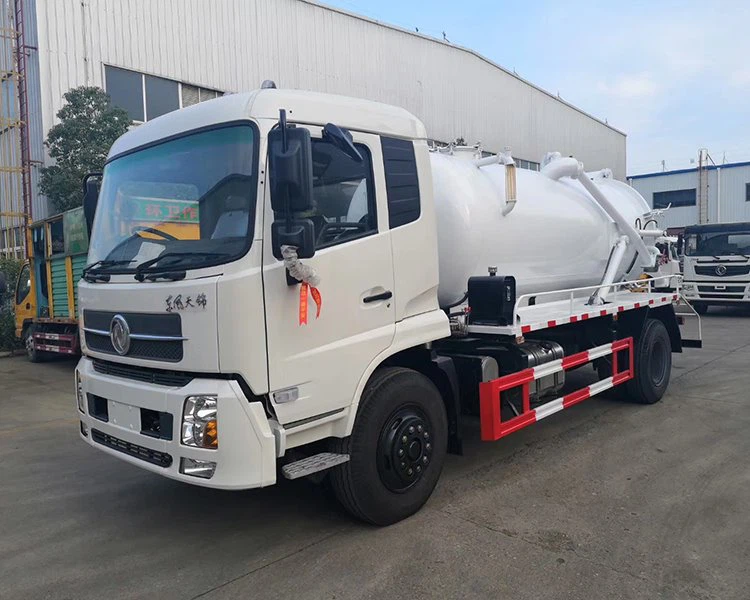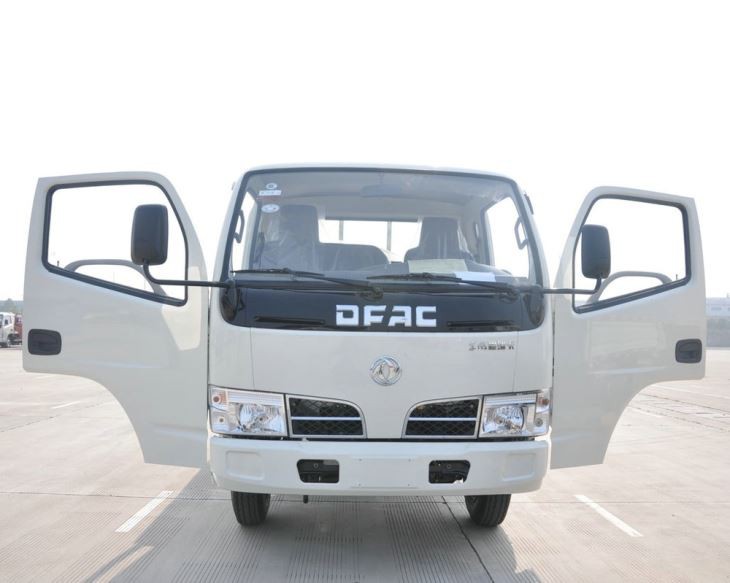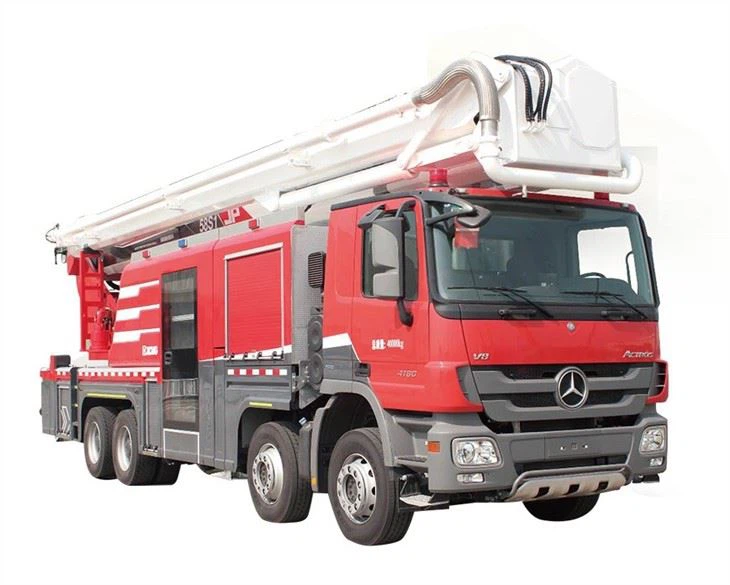Understanding Security Vans: Features, Benefits, and Best Practices

In today’s world, security is a top priority for businesses and individuals alike. One of the key components in safeguarding valuable assets is the use of security vans. In this comprehensive guide, we will explore what security vans are, their various types, essential features, benefits, and best practices for their utilization.
What is a Security Van?
A security van is a specialized vehicle designed to transport cash, valuables, and sensitive materials securely. These vans are often equipped with advanced security features to deter theft and protect the occupants. Industries such as banking, retail, and logistics frequently utilize security vans to ensure the safe transit of high-value items.
Types of Security Vans
1. Cash-in-Transit Vehicles
Cash-in-transit (CIT) vehicles are used primarily for transporting cash from one location to another. These vans are heavily fortified and equipped with secure locking systems. Typical features include:
- Armored plating
- Bullet-resistant glass
- GPS tracking systems
2. Armored Delivery Vans
These vans transport goods that require additional security measures. Industries like jewelry, electronics, and pharmaceuticals often rely on armored delivery vans. Their features include:
- High-security locks
- Advanced surveillance systems
- Reinforced interiors
3. Secure Transport Vehicles for High-Value Items
These vehicles are specially designed for transporting high-value items like works of art or antiques. They come equipped with climate control systems and other protective measures to safeguard the items during transport.
Key Features of Security Vans
1. Armoring and Reinforcement
The most crucial feature of security vans is their armored structure. The body is usually constructed from high-strength steel that can withstand various threats.
2. Security Systems
Modern security vans are equipped with sophisticated technology, such as:
- Surveillance cameras
- Anti-theft alarm systems
- Remote locking mechanisms
3. Personnel Safety Equipment
Security vans often have safety measures for their crew, including:
- Bulletproof vests
- Occupational health equipment
- Emergency communication systems
4. Advanced Navigation and Tracking
GPS tracking systems not only help in navigation but also allow for real-time monitoring of the vehicle’s location. This plays a vital role in ensuring the safety of the crew and the valuables being transported.
Benefits of Using Security Vans
1. Enhanced Security
Security vans provide a highly secure means of transporting cash and valuables. Their armored design significantly reduces the risk of theft.
2. Reduced Liability
By using security vans, businesses can minimize risks associated with transporting valuables. This reduction in risk can lead to lower insurance premiums and greater peace of mind.
3. Professional Image
Utilizing security vans projects a professional image, instilling confidence in clients and customers regarding the safety of their transactions.
4. Cost-Effectiveness
Though the initial investment may be significant, the long-term savings in losses due to theft or damage can make security vans a cost-effective solution.
Best Practices for Using Security Vans
1. Proper Planning and Scheduling

Schedule transport times during off-peak hours to reduce the risk of encounters with potential thieves. Planning routes to avoid hazardous areas is also essential.
2. Regular Training for Personnel
Regular training sessions for the crew on emergency protocols and handling situations can make a significant difference in the event of an incident.
3. Routine Vehicle Maintenance
Regularly maintaining the security van ensures that all safety features function correctly, reducing the risk of breakdowns during transit.
4. Implementation of Comprehensive Security Measures
This includes utilizing advanced alarm systems, surveillance, and personnel security protocols to further enhance the overall safety of your operations.

Choosing the Right Security Van
1. Assess Your Needs
Identify the type of valuables you will be transporting and the level of security required. This assessment will guide you in selecting the appropriate type of security van.
2. Consider Vehicle Specifications
Evaluate the specifications such as size, weight capacity, and armor level. It is vital to choose a van that can accommodate your specific needs.
3. Research Trusted Providers
Look into various manufacturers or service providers that specialize in security vans. Read reviews and consult with other businesses to find reliable options.
Table: Comparison of Security Van Types
| Type | Primary Use | Key Features |
|---|---|---|
| Cash-in-Transit | Transporting cash | Armored, bullet-resistant |
| Armored Delivery | High-value goods transport | High-security locks, surveillance |
| Secure Transport for High-Value Items | Transporting art and antiques | Climate control, special protection |
Case Studies: Security Van Implementations
1. Retail Case Study
A retail chain in New York implemented security vans for transporting cash deposits. By switching to these fortified vehicles, the company reduced theft incidents by over 70% in the first year.
2. Banking Case Study

A national bank upgraded its cash transport system by incorporating armored vans. As a result, the bank successfully minimized operational losses associated with cash-in-transit theft.
3. Art Gallery Case Study
An art gallery that began using secure transport vans for exhibitions increased the safety of their high-value pieces. There were zero incidents during major exhibitions after implementing this security measure.
Compliance and Regulatory Considerations
It is crucial to be aware of local, regional, and national regulations surrounding the transportation of cash and valuables. Most jurisdictions require specific permits for armored vehicles. Additionally, staff operating security vans often need background checks and training to comply with regulatory standards.
FAQ Section
1. What is the primary purpose of a security van?
The primary purpose of a security van is to transport cash, valuables, or sensitive materials securely, minimizing the risk of theft or damage.
2. How do security vans differ from regular delivery vans?
Security vans are specially designed with armored protection, advanced security systems, and sometimes contain safety equipment for personnel, unlike regular delivery vans.
3. Are security vans expensive to operate?
While the upfront costs are higher, the investment can be cost-effective in the long run due to reduced losses from theft and lowered insurance premiums.
4. Can small businesses benefit from using security vans?
Yes, small businesses that handle cash or high-value items can significantly benefit from using security vans to increase safety and professionalism.
5. How often should security vans undergo maintenance?
Security vans should undergo regular maintenance checks every six months to ensure all security features and systems are functioning properly.
6. What training do personnel need when operating security vans?
Personnel should receive training in emergency protocols, basic first aid, and on how to effectively utilize the security systems in place.
